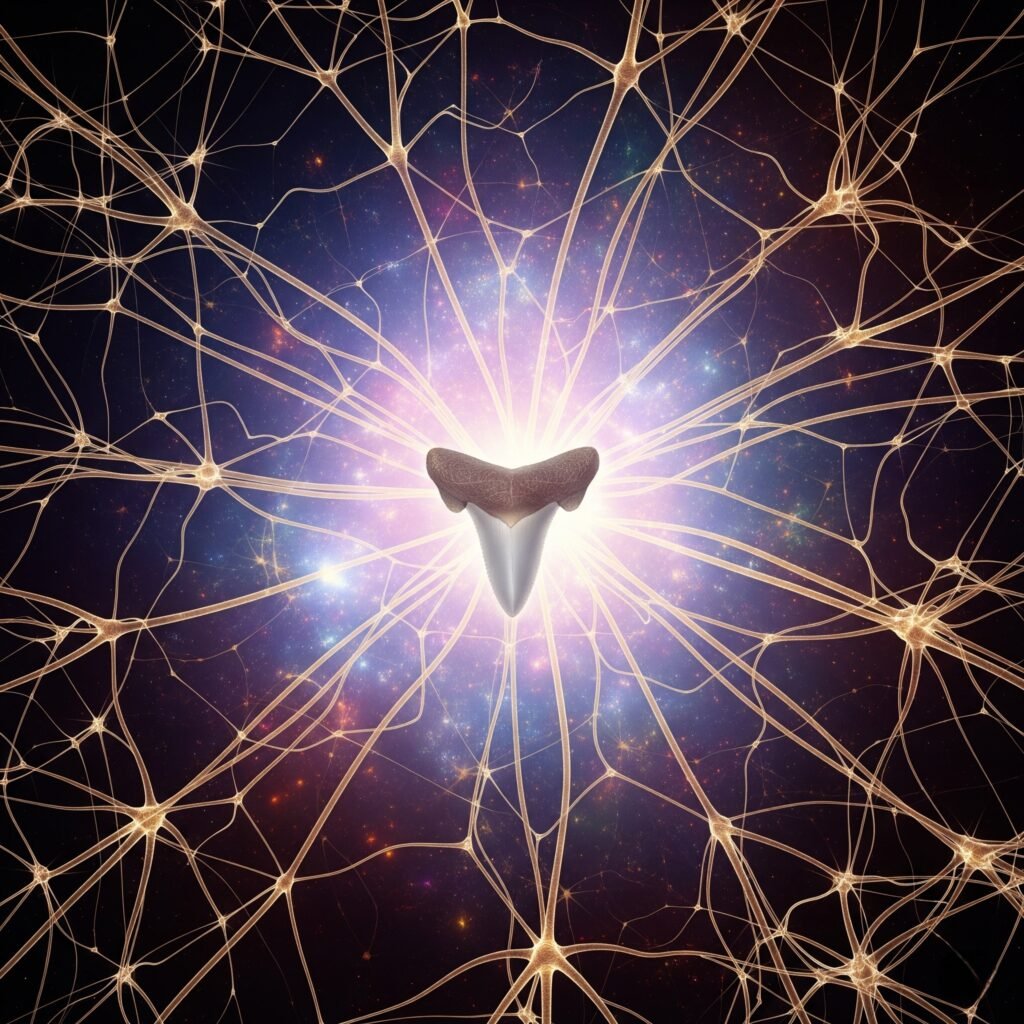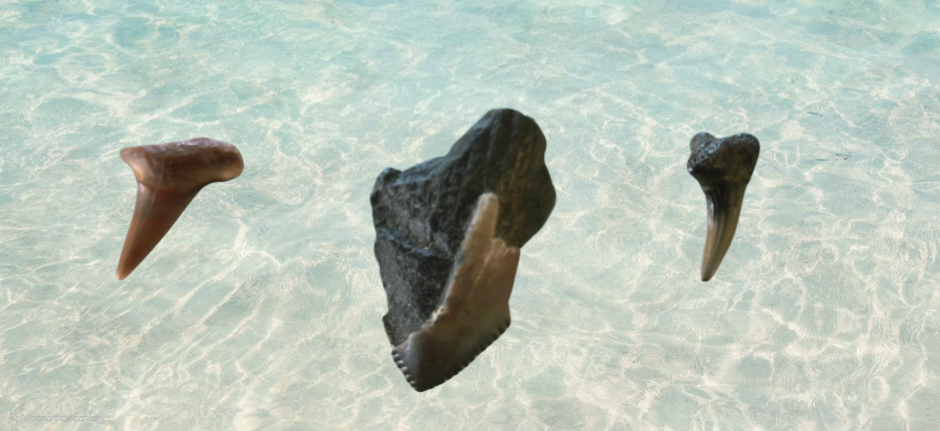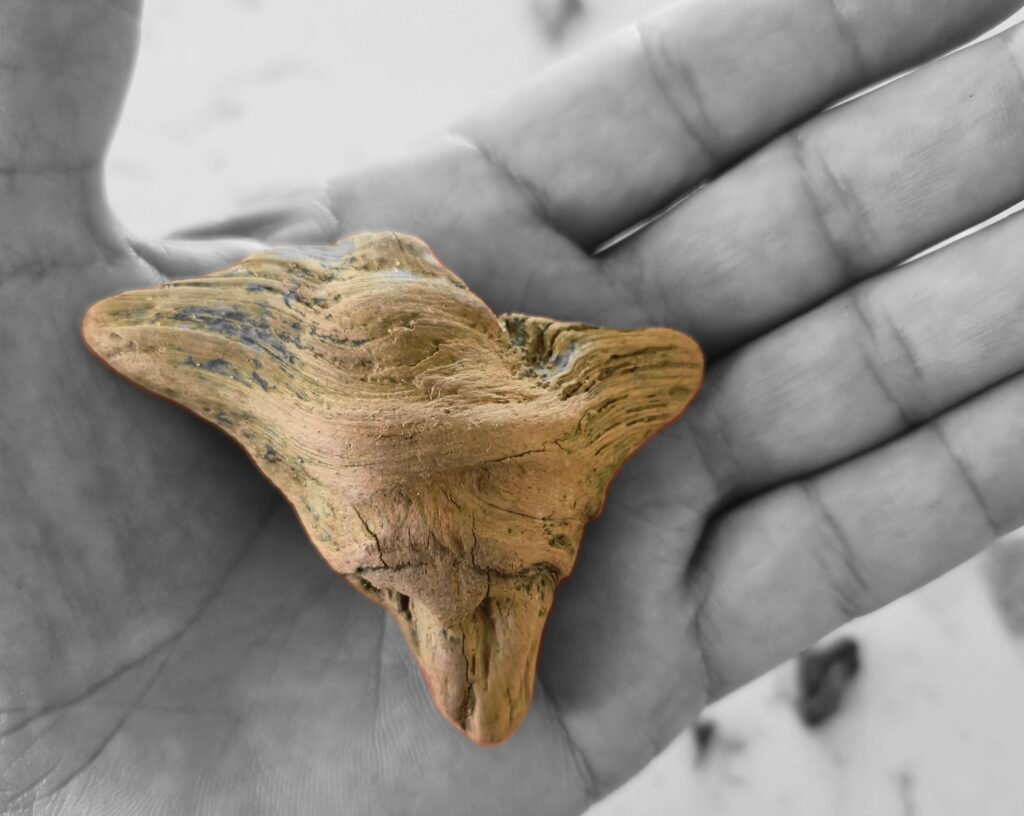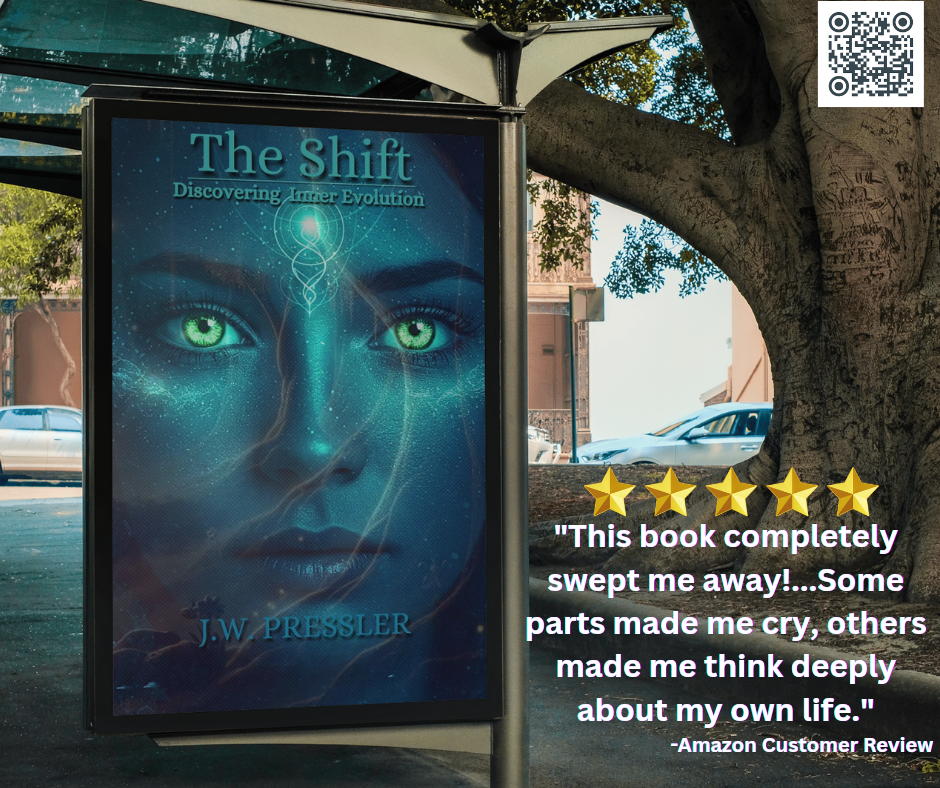
The Hermetic Principle of Mentalism: Manifestations in Nature and Collective Consciousness
In a world increasingly defined by material science and measurable facts, there remains an ancient thread of wisdom that whispers a deeper truth: “All is Mind.” This phrase, drawn from the Hermetic Principle of Mentalism, suggests that the universe itself is fundamentally mental in nature—that everything we experience arises from consciousness. While this may sound esoteric, even mystical, many modern thinkers and seekers are beginning to find real-world examples of this principle in action.

Whether in quantum physics, psychology, or the quiet revelations of personal experience, the idea that thought shapes reality is becoming harder to ignore. But what happens when we take this principle out of abstract theory and into the heart of our everyday lives? What does it look like when our collective thoughts begin to form patterns in the world around us?
In this blog post, we explore this question through the lens of a real-life encounter with nature at Chippokes State Park in Virginia. It’s a story of intention, perception, and the mysterious interplay between inner imagery and external form. As we trace this journey, we’ll also connect it to timeless Hermetic teachings and the emerging understanding of collective consciousness. The aim is not to convince, but to awaken your own curiosity about how powerful your mind—and the minds around you—may truly be.
Understanding the Principle of Mentalism
The Principle of Mentalism is the first of the Seven Hermetic Principles, outlined in the Kybalion, a foundational text in Hermetic philosophy. It begins with a bold declaration: “The All is Mind; the Universe is Mental.” This is more than metaphor. It asserts that all that exists—matter, energy, time, space—originates within a vast, infinite consciousness. In this view, reality is not something “out there,” independent of us. Rather, it is something shaped by thought, molded by awareness.
In practical terms, this means that your thoughts don’t merely reflect the world—they help create it. The Hermetic masters believed that everything from the movements of galaxies to the events in our lives originates from patterns of mind, vibrating at different levels of consciousness.
Modern science, while far from fully embracing this idea, has begun to brush up against similar conclusions. The observer effect in quantum mechanics shows that particles behave differently when observed, hinting that consciousness and reality are linked. Meanwhile, studies in psychology reveal how perception, expectation, and belief can dramatically influence outcomes, both internally and externally.
To understand Mentalism is to recognize the creative power of mind—not just the individual mind, but the collective mind. As you’ll soon see, the implications of this principle become especially vivid when we consider how group intentions can manifest in shared physical experiences.
The Power of Perception in Shaping Reality

Imagine this: you decide to buy a red car. Suddenly, everywhere you look, red cars seem to appear. Did the number of red cars increase overnight? Of course not. But your mind, now attuned to a specific image, filters the world to match your focus. This is the power of perception—and it’s not an illusion. It’s a fundamental aspect of how consciousness interacts with reality.
At the core of this phenomenon is the Reticular Activating System (RAS), a network in the brainstem that acts as a gatekeeper for sensory input. It decides what information reaches your conscious mind, and it prioritizes data aligned with your thoughts, emotions, and beliefs. In other words, your inner world becomes a filter for your outer experience.
This is also where expectation bias and selective attention come into play. What we expect to see, we are more likely to notice. What we believe, we are more likely to interpret as true. Over time, this feedback loop between inner perception and outer reality can feel like magic—but it’s deeply rooted in both ancient mysticism and modern psychology.When applied to environments like nature, this mental focus doesn’t just shape what we notice—it may actually influence what emerges. Especially when groups of people share the same inner image, the power of collective perception can begin to shape the external world in surprisingly coherent ways.
Collective Consciousness: Shared Thought, Shared Creation
The idea that individuals are connected by an invisible mental network is not new. Carl Jung called it the collective unconscious, a shared reservoir of archetypes and symbols. Pierre Teilhard de Chardin envisioned a noosphere—a mental layer surrounding Earth, shaped by human thought. More recently, Rupert Sheldrake proposed morphic resonance, where patterns of behavior and form are transmitted non-locally through fields of shared memory.

Each of these ideas points to the same truth: we are not separate minds operating in isolation. We are participants in a vast web of thought, where beliefs, intentions, and emotional states ripple outward, influencing others and possibly even shaping matter itself.
Examples of collective consciousness abound. Stock market movements often behave less like logic and more like collective emotion. Mass meditation experiments have shown statistically significant reductions in crime rates. Viral trends and cultural shifts appear to emerge almost organically, without a single source.In such a world, what happens when dozens—or hundreds—of people focus their minds on the same mental image, such as the search for shark teeth along a beach? Could that shared mental pattern begin to subtly organize the material landscape, echoing back to us in symbolic forms?
A Real-Life Example from Chippokes State Park
Nestled along the James River in Virginia, Chippokes State Park is known for its quiet forests, rich history, and particularly, its fossil-laden beaches. Among the treasures that draw visitors year after year are fossilized shark teeth—remnants of ancient marine giants, millions of years old and smoothed by time.
On a recent camping trip to this serene location, I joined the many seekers along the shoreline, eyes scanning for the triangular glint of ancient teeth among the shells and pebbles. As the sun warmed the water and wind brushed the trees, I realized I wasn’t alone in my quest. All around me, strangers were focused on the same goal—heads bent, fingers sifting through sand, silently invoking the same image: a shark tooth.

What I found, however, surprised me. While I did discover some genuine teeth, I also encountered an overwhelming abundance of near matches. Jagged shells, pointed rocks, shards of metal, and even a perfectly shaped piece of dark wood the size of my palm—all mirrored the mental image I carried in my mind. At first, it was frustrating. Why were there so many “false positives”?
Then I looked up again—and it clicked. All along the shore, as far as my eyes could see, people were hunched low in the golden morning light, their hands carefully sifting through mounds of sand and shells. Some crouched quietly, others knelt with the dedication of treasure hunters, all of them scanning the earth for the same familiar shape—a sharp triangle, smooth-edged, dark and glinting like fossilized onyx. Dozens of strangers, none of them speaking, yet all connected by the same silent vision: a shark tooth.
It was as if the shoreline had become a living canvas, animated by the sheer force of collective will. The beach was no longer just a stretch of sediment—it had become an echo chamber of thought. Every glance, every hopeful breath, every furrowed brow holding that image in the mind’s eye. I realized then that we weren’t just searching; we were shaping. Shaping the moment, shaping the environment, shaping the very fabric of experience through our shared mental focus.
Consider this: Chippokes State Park attracts tens of thousands of visitors each year, many of whom come specifically for the promise of finding shark teeth. Now imagine the cumulative mental force of all those people—year after year—holding the same mental picture, combing the same shoreline. It’s not just an individual act of intention. It’s a collective visualization on a massive scale.
What happens when that many minds converge on the same image, the same hope? What patterns begin to emerge in the environment—not just in perception, but in form?
Interpreting the Experience through Mentalism

From the lens of Hermetic philosophy, my experience at Chippokes State Park was more than just a curious coincidence—it was a direct expression of the Principle of Mentalism. The objects resembling shark teeth weren’t mocking my expectation; they were responding to it. The mental image we hold here are so strong, so specific, that the environment has begun to echo it back in a thousand subtle forms.
The piece of wood I found was extraordinary. Weathered smooth by water and time, it fit perfectly in my palm—broad at the top with gentle curves and a tapering point, shaped just like the shark tooth I had been envisioning. Its surface was lined with intricate grain patterns that flowed like quiet waves, giving it a natural beauty and an ancient presence.
It wasn’t just a lookalike. It felt like a message: a reminder that what we hold in our minds, especially with emotion and repetition, begins to color the fabric of our reality.

From this viewpoint, the so-called “false shark teeth” were not false at all. They were manifestations of a shared pattern—a visual mantra echoed in stone and shell. The environment became a mirror, reflecting not just individual intentions but a collective mental landscape.
Echoes of Dr. Emoto’s Water Experiment
The famous work of Dr. Masaru Emoto offers a compelling parallel. Emoto exposed water molecules to words, music, and even written intentions, then froze the water and examined the resulting crystal formations. Water “treated” with positive thoughts and love formed intricate, beautiful crystals. Water exposed to negative words or chaotic emotions produced disordered, broken shapes.
While Emoto’s work has been criticized for lack of rigorous scientific controls, the symbolism it carries is powerful. If thought can influence the molecular structure of water—which makes up over 70% of the human body—then what might it do to the sand beneath our feet, or the objects we encounter in nature?

Like the shoreline at Chippokes, the water in Emoto’s experiments becomes a canvas for consciousness. Whether you view his results as science or metaphor, they support the same idea: thought matters. Intention has weight. Mental energy leaves traces.When we consider that every object, every moment, may be shaped or influenced by the mental states surrounding it, we begin to realize that reality is not fixed. It is fluid. Malleable. And deeply responsive to the unseen forces of the mind.
Final Thoughts on Consciousness and Creation

The Hermetic Principle of Mentalism invites us to rethink the very fabric of existence. If all is mind, then the world we navigate each day is not merely a physical structure, but a mental field—alive, responsive, and deeply interconnected with our own awareness.
Whether through science, spirituality, or personal experience, more and more of us are discovering that reality is not static. It is fluid. And our thoughts, especially when aligned with emotion and intention, are powerful tools of creation.
This isn’t a call to escape the material world—it’s a call to engage with it more consciously. To see the everyday not as mundane, but as miraculous. Because every object, every moment, every piece of driftwood shaped like a shark tooth might just be a whisper from the universe, reminding you that you are never separate from the creative power that shapes all things.
Conclusion: Finding Peace in Perception
On the shores of the James River, what began as a search for shark teeth became something far more profound. Amid the waves and the sun and the collective hum of focused minds, you glimpsed a truth as old as time: what we see is shaped by what we hold in our minds—and what we hold together may shape the world itself.
There is peace in that realization. Not the peace of passivity, but the peace of participation. You are not just an observer of nature—you are a co-creator. A collaborator with consciousness itself.So the next time you walk through the woods, or comb a beach for hidden treasures, ask yourself not only what you’re looking for—but what your mind is quietly shaping into form.

FAQs
1. What is the Hermetic Principle of Mentalism?
It is the idea that the universe is fundamentally mental in nature—that everything arises from consciousness. This principle suggests that thought shapes reality.
2. How does collective consciousness influence reality?
When groups of people focus on the same image or intention, their shared mental energy can influence perception and potentially shape the physical environment in subtle ways.
3. Is there scientific evidence for these ideas?
While not widely accepted in mainstream science, phenomena like the observer effect, the Reticular Activating System, and studies in quantum physics and group meditation suggest parallels.
4. Can our thoughts really shape what we find in nature?
Yes, perception is strongly influenced by intention and mental focus. Many people experience synchronicities and symbolic reflections of their thoughts in natural settings.
5. How can I begin applying these principles in daily life?
Set clear intentions, observe your surroundings mindfully, journal synchronicities, and experiment with group visualization. Practice aligning your inner world with what you want to experience.
Have you ever experienced your thoughts shaping your reality in nature? Share your story in the comments below.
Some books stay with you… this one might just change you.
A novel that blends mystical realism, spiritual insight, and quantum curiosity into a transformative journey you’ll carry with you long after the final page.
* Available now in paperback and eBook*
* Free with Kindle Unlimited*
For those who feel there’s more to life than meets the eye…https://a.co/d/euhRZdo

